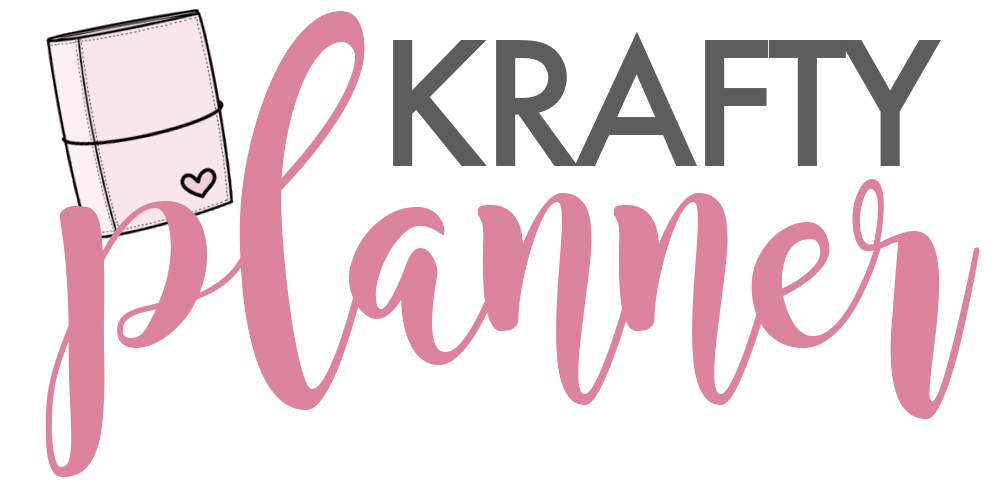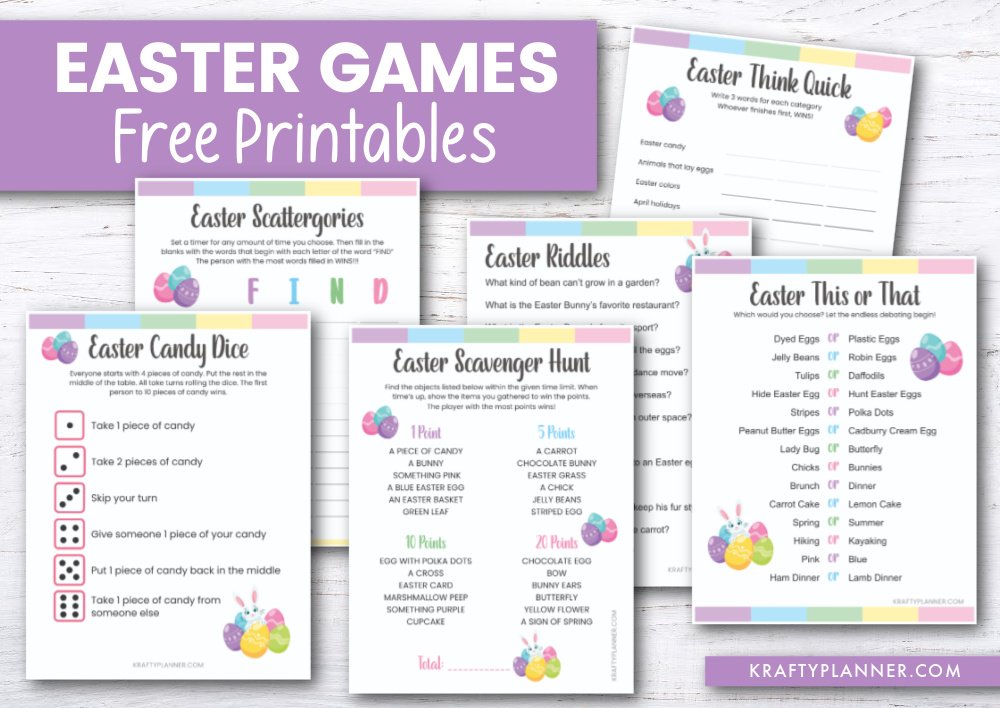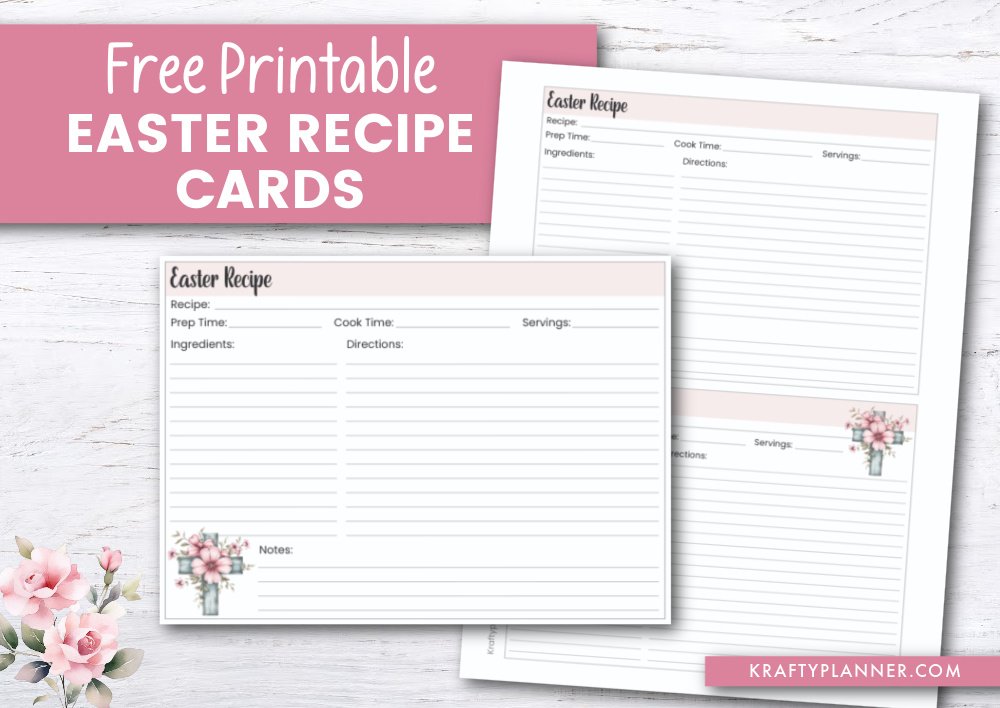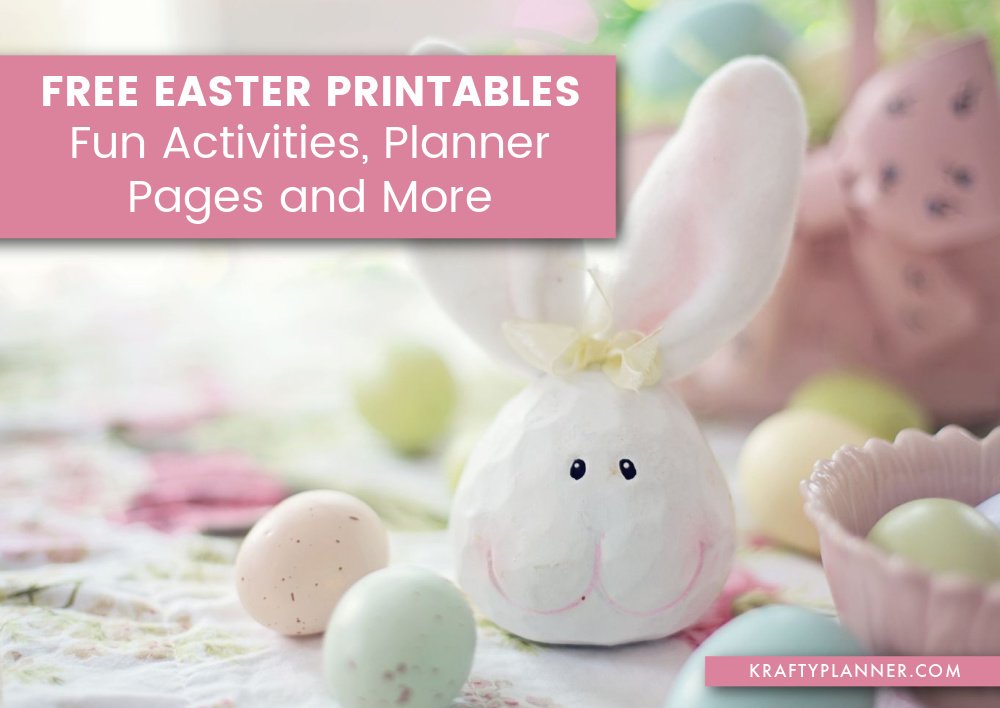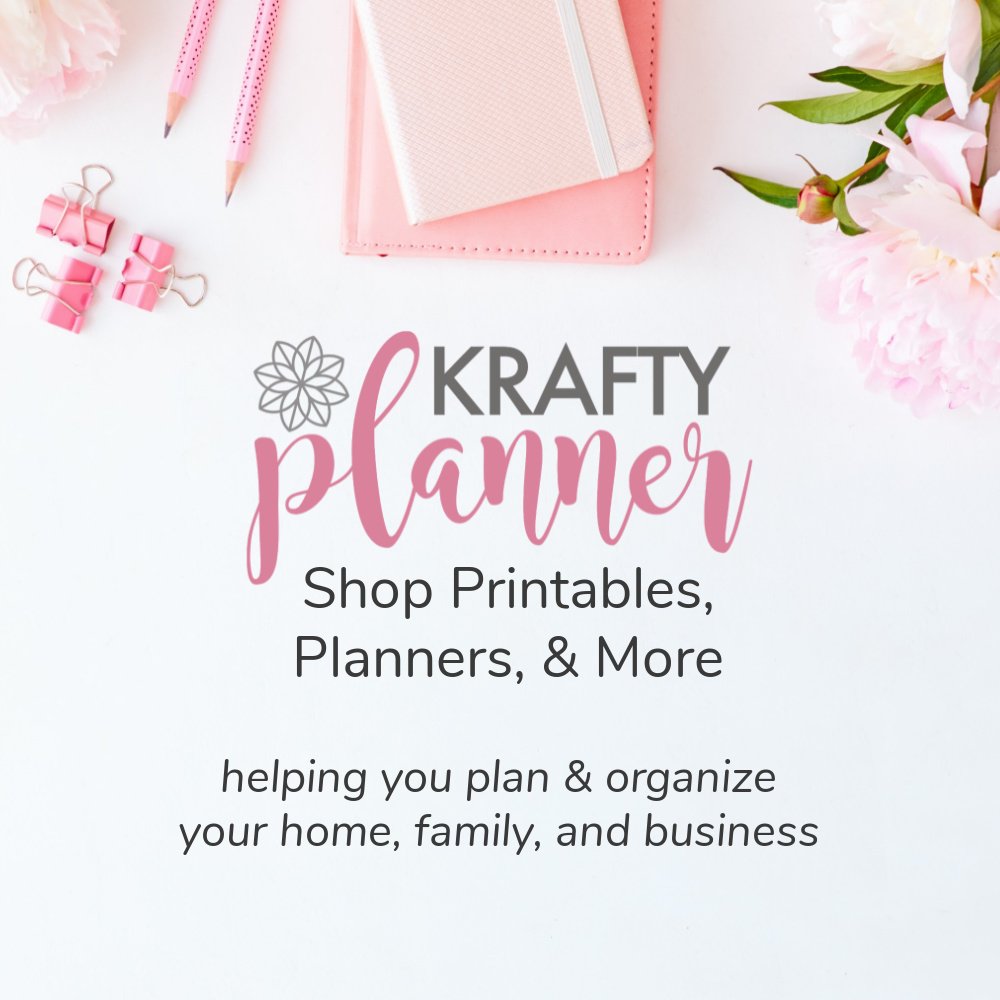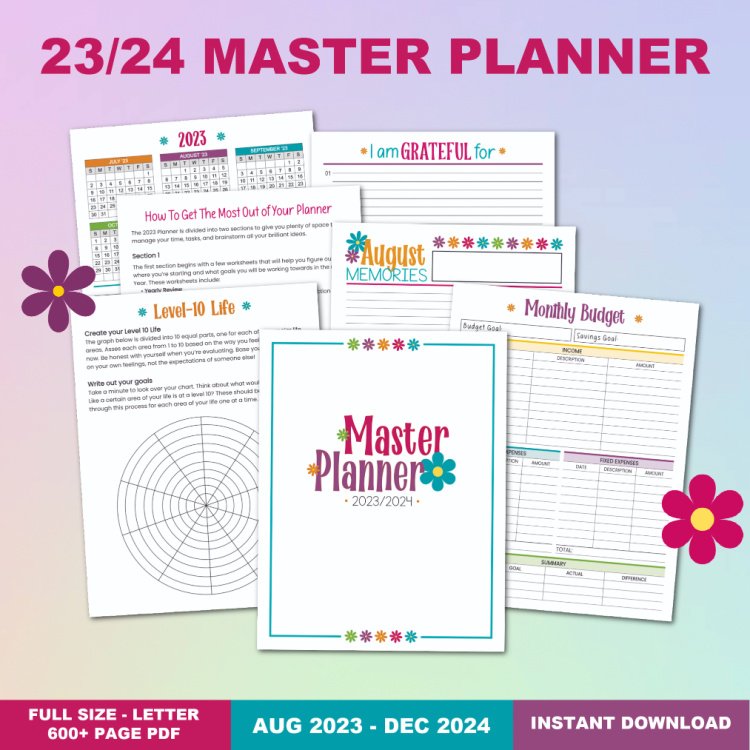New Users Guide to Planners
A planner is a tool that has been used for decades to organize one’s life. It is a great way to keep track of everything from your daily tasks to your monthly goals.
I’ve used planners for as long as I can remember. I think it all started when I was in high school and had to manage my time between school, homework, and work. I started working as soon as I could to help my parents and have my own money. I think I was 13 or 14, anyways…
WHAT'S THE PURPOSE OF YOUR PLANNER?
Before you can decide how you want to use your planner, you need to know what you will be using it for. Will it be for work or your blog? Is it a personal planner or for school? Once you know what the use is going to be, you will have a better idea of what kind of information you need to include.
There are many planners on the market that have different features for different needs. Some planners are designed for children or students to help them plan their studies or assignments. Other planners are designed for business professionals to organize their days and weeks in advance with various features such as monthly calendars, daily task lists, weekly meal plans, and more.
This will also tell you what information you don't want to include. For example, I don't like mixing my personal and work planners. Mostly because it would be too easy for someone to access my personal information if it was left open on my desk by mistake. It's much easier for me to keep everything in a separate planner that way it's not distracting me from my job. Plus, my work planner is very simplistic compared to my personal bullet journal.
CAN YOU TAKE IT WITH YOU?
Portability is huge when it comes to planners. Carrying it around with you can be a great way to stay organized, but the last thing you want to do is lug around a 10-pound planner bag, am I right?
I recommend finding a planner that is big enough to hold all of your plans but small enough that it won’t break your back and maybe even fits in your bag or purse.
If you do carry a bag on a regular basis you can go a little larger, but try not to go too big. It should be something you enjoy. If it becomes a burden you will never use it.
The benefits of carrying a planner with you include:
It is portable, so you can use it anywhere to take notes and make plans on the go
You can keep track of your tasks and stay on top of your work and personal life.
You don't have to worry about forgetting anything because it's all there in front of you
DO WHAT WORKS FOR YOU!
If you look around online you'll see tons of ways to use a planner. There are endless blogs, videos, and photos showing how people decorate their planners. There's nothing wrong with adding some decoration to your planner if it helps you enjoy using it more but don't let it get in the way of your planning.
Some people function well with a flexible approach while others need a very structured planner. To help figure out what you need in a planner, try using a piece of graph paper for a running to-do list. I Suggest graph paper because you can separate it into sections for different topics and categories. At the end of the day/week, you will know what style planner you really need.
In the end, there is no right or wrong here, do what works for you! Give yourself time to figure out what you need and your planner use will evolve over time.
Here are some tips on How To Choose and Set Up Your Planner for the New Year.
USING YOUR PLANNER
The most basic way to use a planner is to record your to-do list and appointments. Write in your appointments and scheduled events along with any deadlines or due dates for any projects you're working on.
Write your to-do list directly onto your weekly spread so you can see when your tasks fit into your schedule. Seeing what you need to do and when you have time to do it will allow you to effectively plan your week.
Here are a few more tips for Planning and Scheduling Your Year.
USE YOUR PLANNER REGULARLY
The trick to effectively using your planner is to be consistent with using it. This means, using it every day, throughout the day. This will help you stay on track with what you need to do and keep you from forgetting about tasks that need to be completed.
Check it first thing in the morning, a couple of times throughout the day, and again in the evening to see what's coming up tomorrow. Then take the time to look ahead to the rest of the week or to what's coming up later in the month.
Here is a look at my Planning Routine and a free printable checklist.
Before You Go:
Here are a few more posts you might like:
Intentional Planning: How to Set Up Your New Planner for Success
Setting Your Goals and Breaking Them Down Throughout the Year
THE ULTIMATE LIST OF PRODUCTS, APPS, TOOLS, AND RESOURCES I USE ON A DAILY BASIS
See my Link Party Directory for a current list of blog parties I attend each week.
FOR PERSONAL USE ONLY – Please Read Freebies Terms of Use.
(This post may contain affiliate links. For more information, see my disclosures here.)
Don’t forget to also have a look at other planner freebies I’ve shared on the blog!
I create lots of free printables, if you want to make sure you’re updated and receive exclusive freebies, join the Krafty Planner Newsletter
- SHARE THIS POST -
Did you like this post? Do you know someone else who might enjoy it? Please take a minute to share it on Pinterest, Facebook, or your favorite social media… Thank you!
